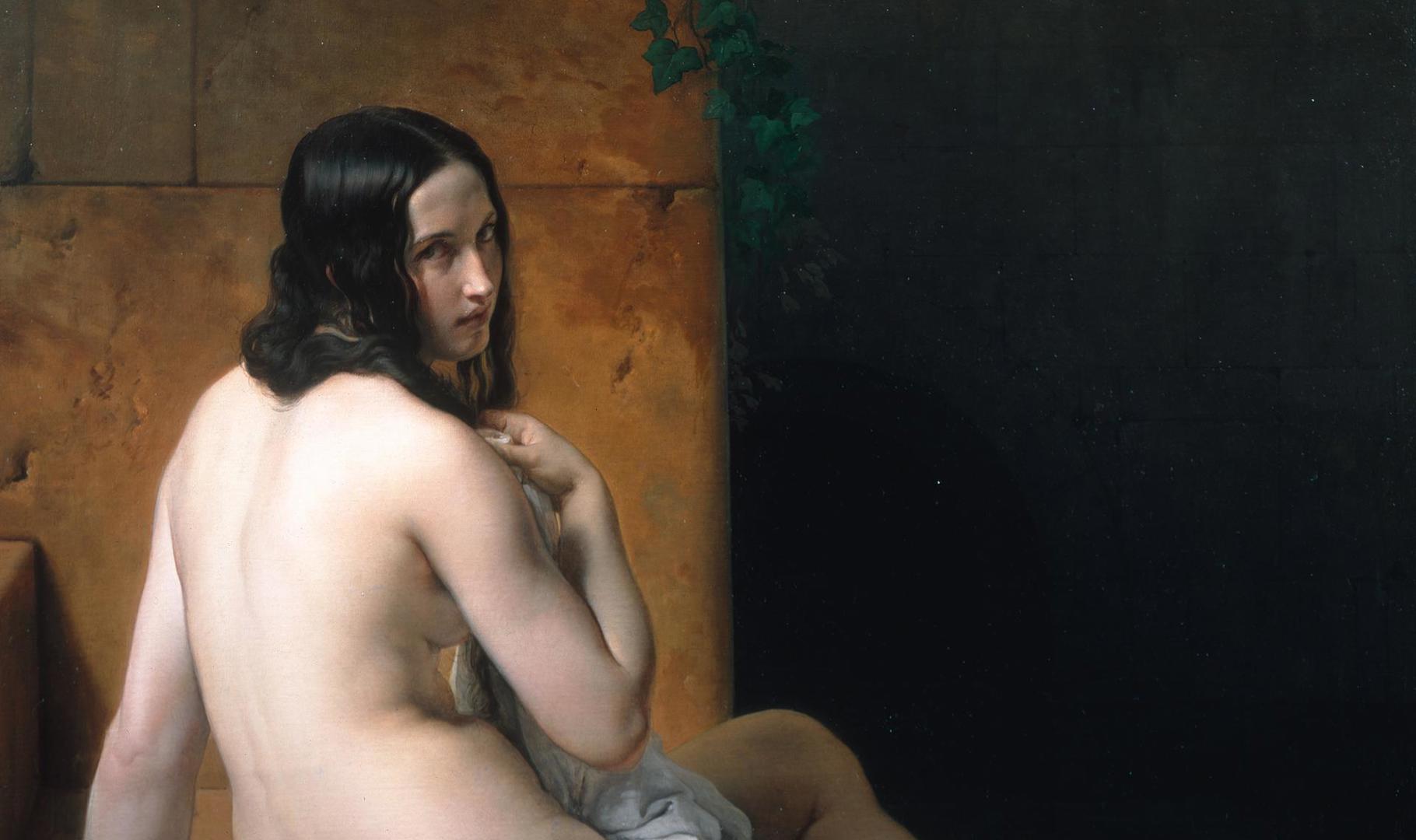The cliche reads: don't judge a book by its cover but I am in love with this cover and this book.
Set in 1920s Berlin, it follows a Turkish man seeking some meaning amongst his loss and loneliness, and the overwhelming and destroying love he feels first for a painting, and then an artist:
'Oh, Maria, why can't we sit by the window and talk? Why can't we open our hearts and souls to each other, as we walk together in silence' on a windy autumn evening? Oh, why aren't you hear with me?'
It has a sense of hope that is crushingly dashed, and the end had me in tears:
'I have no choice but to condemn myself to everlasting solitude. Life is a game that is only played once, and I lost'
I smiled at his description of moving to Germany:
'My plan was to learn a foreign language and read books in that language and, most importantly, discover Europe...drawing on three or four phrases I had memorised from a language guide I studied during the four-day journey' – Is that what my experience is going to be like?
And, above all, the way Ali describes the painting of Madonna made me think about art: the way we perceive it, understand it, how it makes us feel:
'What was it about that portrait? I know words alone will not suffice'
'She was a swirling blend of all the women I had ever imagined'
I wondered whether you can ever fall in love with a painting the way he does.
Upon seeing Madonna, Raif says: 'I'd lived more during the past two weeks than in all the years of may life put together', that that the painting awoke his soul, 'revealing the sublime vista it had kept buried for so long'.
I have spent a lot of time in art galleries lately. The Side Gallery in Newcastle, Somerset House, the National, the Ashmolean, Tate Britain, and tonight the Kunsthalle in my new home. Some of it was pretty bad (namely blank white canvases supposedly evoking spirituality) and much of it neither here nor there. I don't think any of it made me feel in the way Raif feels but I have perhaps found a new favourite – Susanna at her Bath.

I find art a funny thing to write about: much of it is so visual, how can it be translated into words? When I was writing my thesis, I felt the words describing the art were superfluous – surely just look at the pictures? – yet it is also intriguing to consider a society, culture or history in terms of aesthetics. So, whilst art history is often (and rightly) dismissed as elitist, I believe much can be learned from looking at a picture and understanding how an artist or a society wanted to represent itself.
Gradually, I am trying to establish a greater vocabulary to understand these things, and expand my repertoire of paintings I like. In a room in the National, on a wall just as you enter, Susanna at her Bath is displayed. By Francesco Hayez, something about this painting I just fell in love with. I even made a detour to photograph the caption before I left.
I know nothing about the artist, nor really the (religious?) context, but I love the light of the background, and the softness of her figure. Her face is elusive but beautiful, and her figure concealing yet suggestive. It oddly combines a biblical story with female nudity.
I will never feel the transformation Ali describes, and sometimes when looking at art I feel nothing at all. But slowly, I am learning what I like: in a blend of diverse pieces I suggest are my favourites, I find commonalities: life, colour, movement.






